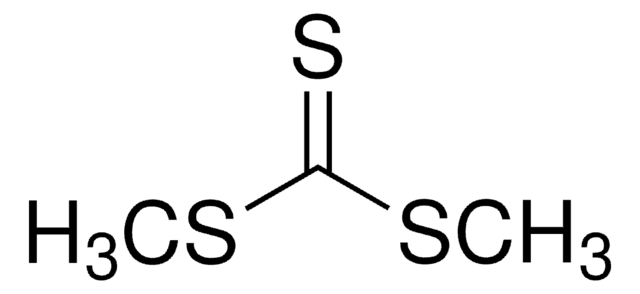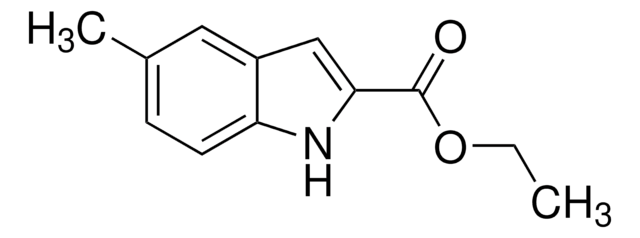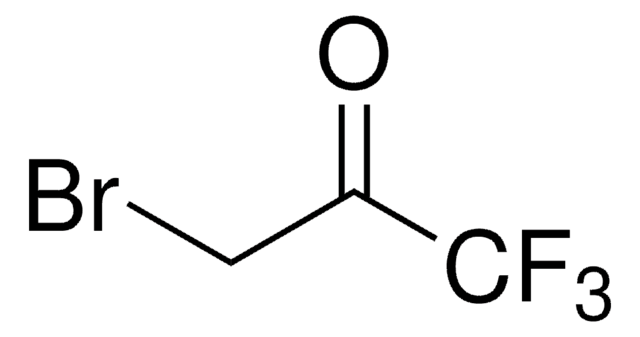804347
3-nitro-N-[(3S)-tetrahydro-2-oxo-furanyl]-Benzeneacetamide
Synonym(e):
LasR inhibitor, LuxR activator
About This Item
Empfohlene Produkte
Form
solid
Lagertemp.
−20°C
Anwendung
Lagerklassenschlüssel
11 - Combustible Solids
WGK
WGK 3
Flammpunkt (°F)
Not applicable
Flammpunkt (°C)
Not applicable
Analysenzertifikate (COA)
Suchen Sie nach Analysenzertifikate (COA), indem Sie die Lot-/Chargennummer des Produkts eingeben. Lot- und Chargennummern sind auf dem Produktetikett hinter den Wörtern ‘Lot’ oder ‘Batch’ (Lot oder Charge) zu finden.
Besitzen Sie dieses Produkt bereits?
In der Dokumentenbibliothek finden Sie die Dokumentation zu den Produkten, die Sie kürzlich erworben haben.
Verwandter Inhalt
Our laboratory pursues research at the chemistry-microbiology interface. We are deeply interested in the mechanisms by which bacteria sense each other, their environment, and the eukaryotic hosts on which and in which they may reside. One prominent pathway that we study is called quorum sensing, which allows bacteria to assess their local population density and initiate group behaviors at high cell (or “quorate”) density. This pathway allows, for example, many pathogens to amass in large populations prior to attacking their hosts. Bacteria use chemical signals for quorum sensing, and it is the concentration of these signals in a given environment that alerts the bacteria to their current cell number. We are interested in the structures of these signals and how we can reengineer them to either ablate or amplify quorum-sensing networks. Through synthesis and systematic screening, we have identified critical structural features of these signals and non-native functionality that we can install into the signals to tune their function. Thereby, we have developed non-native molecules that strongly inhibit or activate quorum-sensing pathways and modify infection processes. These compounds represent useful tools to explore the role of quorum sensing in many biological processes. We are applying them to both study fundamental aspects of quorum sensing pathways, and examine different types of infections in animals and plants.
Unser Team von Wissenschaftlern verfügt über Erfahrung in allen Forschungsbereichen einschließlich Life Science, Materialwissenschaften, chemischer Synthese, Chromatographie, Analytik und vielen mehr..
Setzen Sie sich mit dem technischen Dienst in Verbindung.








